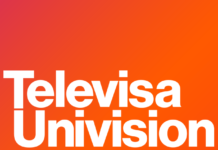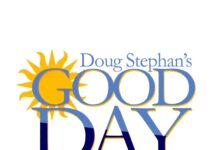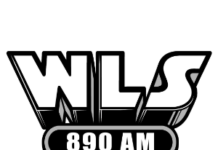
(By Mike McVay) There are obvious similarities that are found as a part of the very best morning shows, or those high-profile non-morning shows, that are what everyone searching for a morning show should look for when interviewing and hiring.
The anchor or co-hosts of the most successful shows are intelligent, topical, understanding of their audience’s lifestyle and connected to the community in which they broadcast. I’ve never met a successful on-air talent, in a competitive market, that wasn’t also intelligent. They have a leadership style that encourages camaraderie, participation, contributions and rewards accomplishment. They manage the show prep system for the show and they encourage collaboration in the creative process.
Great talent stands for “something” and they’re true to that “something.” Think of the scene from Bull Durham when Kevin Costner’s character explains what he believes to Susan Sarandon and Tim Robins’ characters. He was true to those beliefs. Great talent remains true to their beliefs. Great talent stay in character.
The best performing morning shows are fun, funny, positive, encouraging and are overall entertaining. The shows are fast paced and provide audio adrenaline to the audience. They are well produced. They are memorable. They create day-to-day tune-in. If you miss a day, you miss something that you wish that you’d heard.
They are continually doing show prep. They encourage the members of their team to participate in doing show prep. Everything that they see and/or hear comes back to an evaluation of “Does this fit with what we do on the air and should we do it?” They see the forest for the trees. Meaning that they aren’t so close to the trees that all they see are the trees. They have a greater larger view.
The show is MAPPED. That is there are buckets which the talent drops into them the content of the show. These buckets contain Hot Topics and Cold Topics. Hot Topics are perishable. Cold Topics are non-perishable. Hot has to be used today or its old news. Cold can be used anytime today or in the future.
They use various Camera views – change the view on regularly mentioned items. Example; anything that will be repeated throughout a show is presented differently each time.
They use social media like Twitter, Facebook, Instagram and digital tools like TopicPulse to stay on top of what’s trending locally and nationally. They visit their local community’s social media sites. The available tools for show prep are many today versus what was available in the past.
The leaders of successful shows understand that the basics and formatic’s are important to getting rating credit, but they don’t focus on that at the expense of the shows content. The same for promoting what else is important to the station. They respect the music, but they don’t let it stop them from being a personality.
The big shows never take a side, unless the show is on a Talk Station that has a particular bent or lean, or the topic is one that the majority of the audience supports. Always remember that politics and religion can cost you half of your audience. A positive cause helps you increase your audience. The very best show knows the difference.
Mike McVay is President of McVay Media and can be reached at [email protected]





